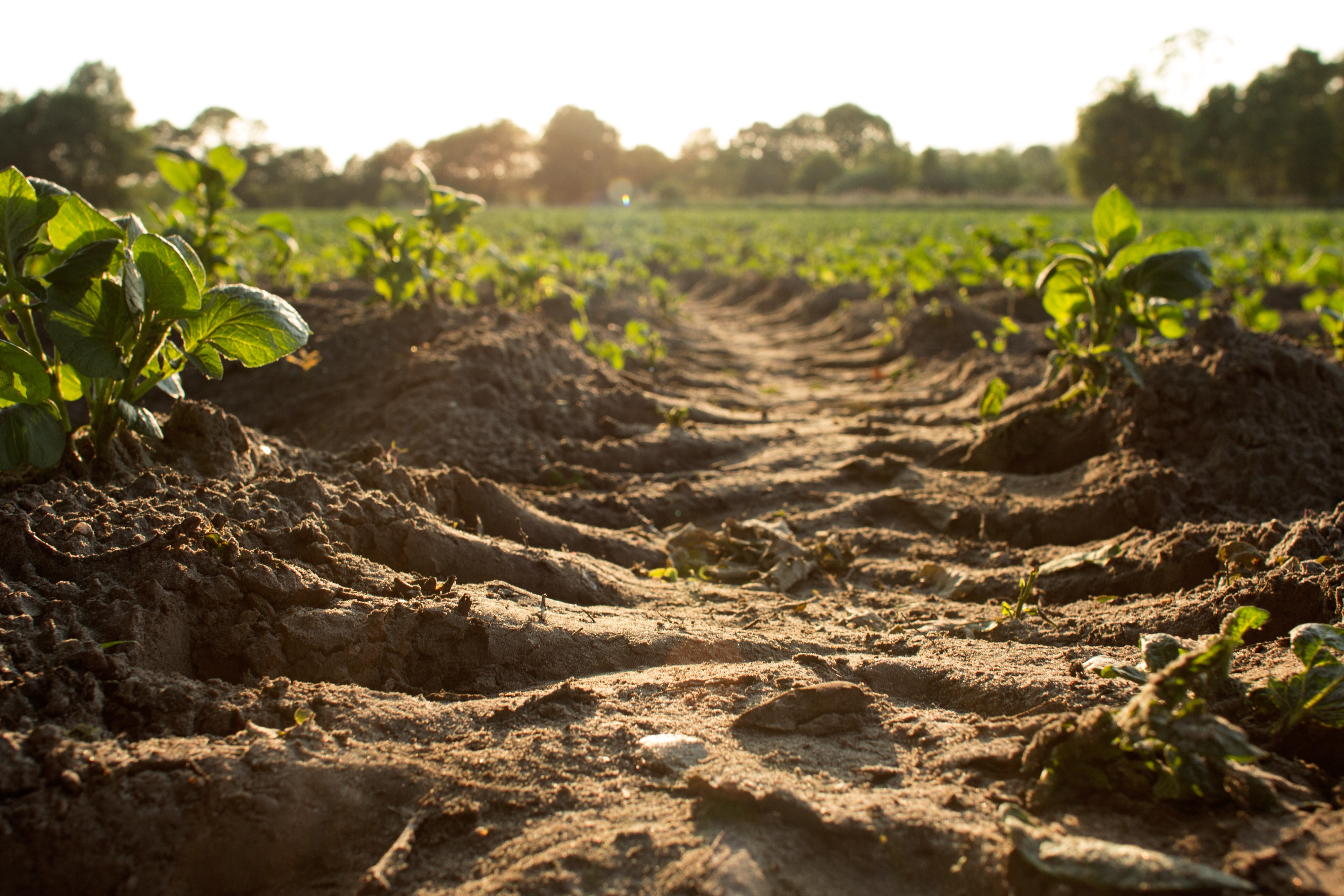The Government has proposed to give new protection to New Zealand’s most fertile and versatile land.
A draft National Policy Statement (NPS) for Highly Productive Land proposes that councils must ensure there is enough highly productive land available for primary production and to protect it from inappropriate subdivision, use and development.
The draft NPS is open for consultation until 10 October, 2019.
The SMC asked experts to comment on the draft NPS.
Dr Sam Carrick, soil scientist, Manaaki Whenua – Landcare Research, comments:
“Manaaki Whenua supports the Governments initiative around the protection of NZ’s best soils and land. As the Government research agency responsible for mapping New Zealand’s soil and land resources, Manaaki Whenua welcomes discussion by New Zealanders about how best to use and sustain these nationally strategic resources to maintain our present and future generations economic and environmental wellbeing. It is important that New Zealanders recognise that soils are a finite resource, particularly those with high versatility and productive capacity, and we welcome recognition of these as a nationally precious taonga.”
Statement from the New Zealand Soil Science Society:
“The New Zealand Soil Science Society welcomes the recently proposed National Policy Statement for Highly Productive Land. Our most highly productive land is important because it can be used sustainably for intensive horticultural production and thus is critical for food production and our economy.
“Our most productive land, suitable for vegetable growing, is relatively scarce in New Zealand. The very best land (LUC Class 1) makes up less than 1% of New Zealand, with LUC classes 1 and 2 together comprising less than 5%. These are the most valuable soils. In some regions, such as the Pukekohe area, LUC Class 3 land, which comprises about 9% of New Zealand, is also important to vegetable production. So there is about 5% of New Zealand that we consider vital to protect for productive use with a further 9% that should be considered carefully. That leaves 86% of the area that is available for urban development, conservation, and pasture production.
“Our highly productive soils represent a critical asset for food production, and the nature of horticultural activities are strongly constrained by the availability of such land. Intensive vegetable production cannot be shifted from our high class flat lands to lesser ones without danger of severe erosion. There are moreover additional services associated with these soils, that go beyond food production capacity, such as flood mitigation, water cycle regulation, or carbon storage – which are currently taken into account when planning land use.”
